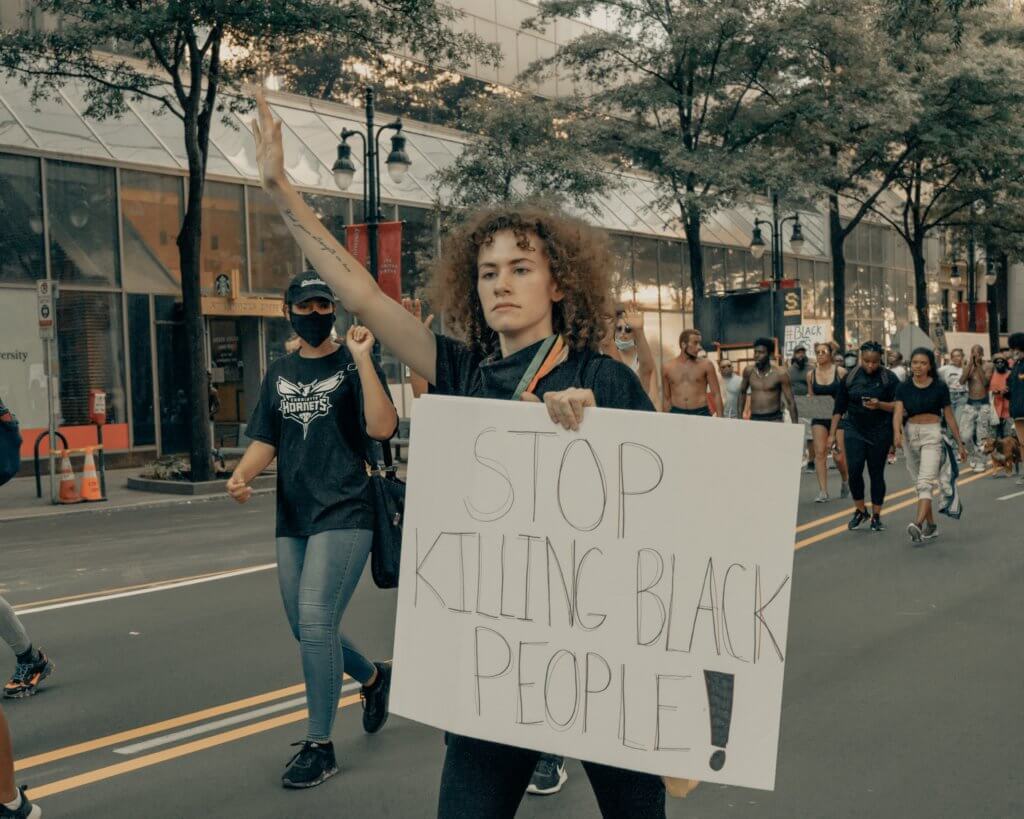5 Social Media Takeaways Around Brands Posting About #BlackLivesMatter

If talking about systemic racism was easy it wouldn’t be so necessary, and unfortunately what the murder of George Floyd illustrated, is that these problems will remain life and death for people of color if they continue to be swept under the rug. For brands, that creates a balancing act. It’s imperative that brands speak […]
